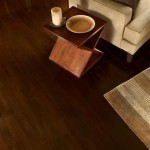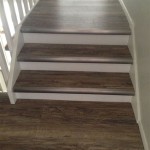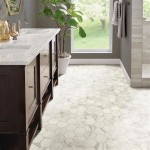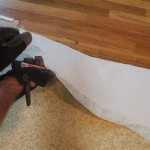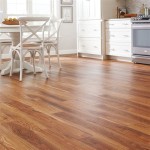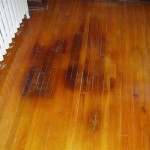Are you looking to upgrade your home with new hardwood floors? Installing hardwood floors can be a difficult and time-consuming task, but it can also be rewarding and a great way to add value to your home. If you’re ready to take on a DIY hardwood floor installation project, this step-by-step guide will help you get the job done right.
1. Preparing the Subfloor
The first step in any DIY hardwood floor installation project is to prepare the subfloor. This includes making sure it is level, clean, and free of debris. You may need to use a level, and you should also check for any moisture or damage that could affect the flooring. If you have a concrete subfloor, you may need to use a self-leveling compound if the subfloor is not level. You may also need to remove any existing flooring before installation.
2. Select the Right Hardwood Flooring
Once your subfloor is prepared, you’ll need to choose the right hardwood flooring for your project. There are a few things to consider when selecting the right hardwood flooring. First, you’ll need to determine what type of wood is best for your space. Different types of wood offer different levels of durability, so be sure to research the options and select one that fits your needs. You’ll also need to decide on the finish, color, and texture of your hardwood floor. Finally, you’ll need to measure the room to determine how much material you’ll need.
3. Layout and Installation
Once you’ve selected the right hardwood flooring, it’s time to lay out and install the flooring. Start by laying out the first row of boards along the longest wall in the room. Use a level and a saw to cut the boards to size if necessary. Once the first row is in place, nail the boards to the subfloor. Continue this process until you’ve installed all of the boards. Make sure to leave enough space between the boards for expansion.
4. Finishing Touches
Once the hardwood floor has been installed, you’ll need to finish it off with the right finishing touches. This includes sanding and staining the floor to get the perfect look. You may also need to add a sealant or other protective coating to the floor to keep it looking its best. Finally, you’ll need to install trim around the edges of the room to give it a finished look.
5. Maintenance and Care
Once the hardwood floor is installed and finished, it is important to maintain and care for it properly. This includes regularly vacuuming or sweeping the floor to remove dirt and debris. It is also important to use furniture pads and protect the floor from scratches and scuffs. Finally, be sure to use the right cleaning products on the floor to keep it looking its best.
Conclusion
Installing hardwood floors can be a difficult and time-consuming task, but with the right preparation and steps, you can successfully install your own hardwood floor. This guide will help you get started and ensure that your DIY hardwood floor installation project is a success. Remember to take your time and be patient, and you can have beautiful hardwood floors that look great and add value to your home.















Related Posts

